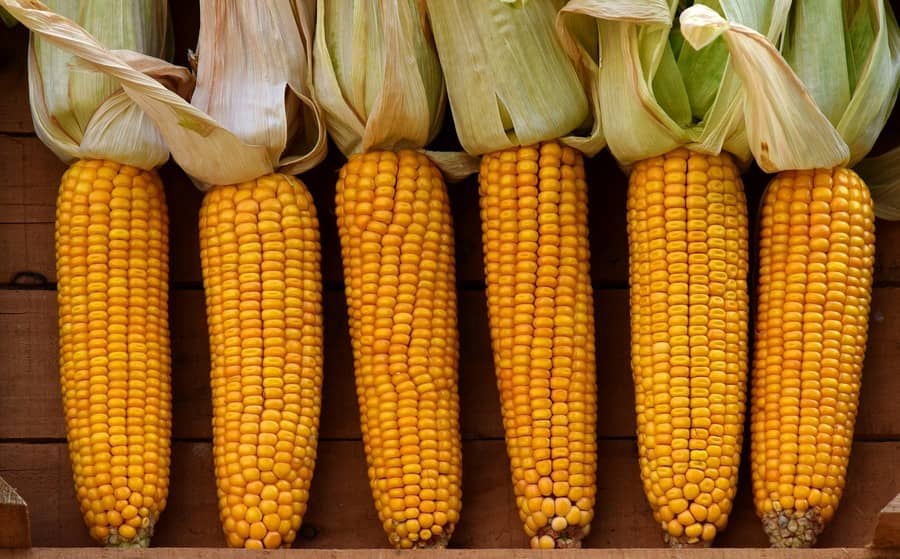Porto Alegre, January 22, 2024 – With China having a record crop and getting early supplies in high volumes from Brazil, US corn exports now depend on some extraordinary boost. Brazil’s exit from exports is an important point and should bring more demand to the United States. However, now here comes Argentina, with its production tending to be a record and with the need to be sold more aggressively in the semester because of internal logistics. Argentina’s selling pressure is already proving to be a limiting factor for new highs on the CBOT without a major “new fact.”
The rain continues in excellent conditions in Argentina. Some earlier crops are entering pollination and silking, with great potential. However, most of them will only progress through this critical phase in February and March. Export records in Argentina are aggressive with this vision of strong production potential.
Export registrations are now approaching 15 mln tons. Of course, due to losses for the last three years, growers and the market itself are afraid to accelerate sales more intensely due to climate risk. For the next two weeks, the heat will be the main highlight in Argentina along with a significant reduction in the rainfall regime. Would it be a factor in reducing the intensity of sales pressure on the Argentine FOB market? Or will the market keep ignoring this climate variable?
In fact, February and March will be months of great attention to the climate for soybean and corn crops in the country and from an international point of view. If there is any possibility of corn and soybean prices rallying on the CBOT, it is in the climate scenario over the next sixty days. This profile of the Argentine crop and the intensity of exports is important for the definition of FOB prices and the addition or not of more volumes for United States exports.
Brazil’s exit from corn exports in the first semester greatly favors US sales. In this business year, US sales are better than in the previous year, that is, 29.7 mln tons against 22 mln tons, respectively. However, to confirm the 53 mln until August 30 projected by USDA, sales need to hit nearly 850 thousand tons a week. It is not a number outside of local standards, as 1.45 mln tons were sold last week. The market’s biggest concern is that this business year’s shipments are poor, with only 12 mln tons thus far. So, to reach the actual volume of shipments, the United States would need 1.25 mln tons a week. One variable is sales, which can also be for the new 24/25 crop, the other is the effective shipments over the business year. If shipments fall below schedule, stocks can rise.
Therefore, weekly monitoring of shipments becomes essential for prices on the CBOT, as well as for the entire international market. While Brazil offers some space for more US exports, Argentina provides a competitive counterpoint in the international market. Argentina has 15.3 mln tons registered for exports from the new crop, compared to 10 mln in the same period last year. The target for the business year is 35 mln tons, which could be exceeded just depending on the results of local production.
The continuation of the conflict in the Black Sea, and now in the Red Sea, has not yet brought major new movements for oil, corn, or wheat. So, the market still needs a major “new fact” to manage aggressive price recovery movements.
Follow the Safras Agency on our website. Also follow us on our Instagram and Twitter and stay on top of the main agribusiness news!
Copyright 2024 – Grupo CMA

